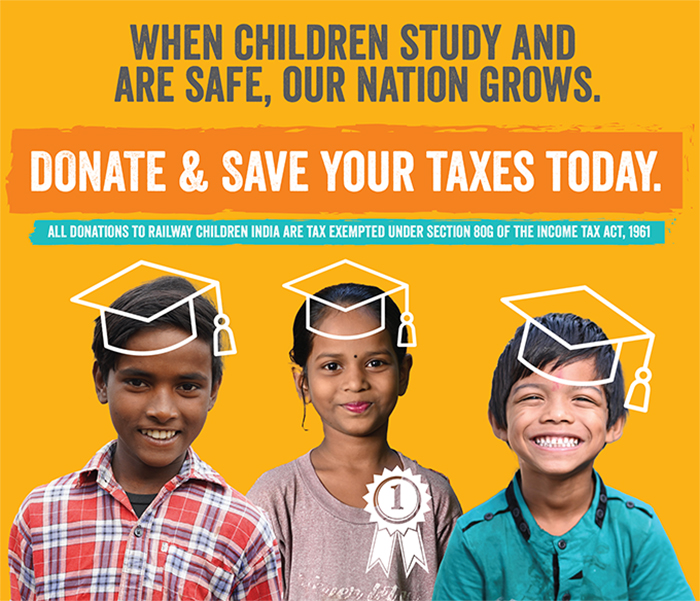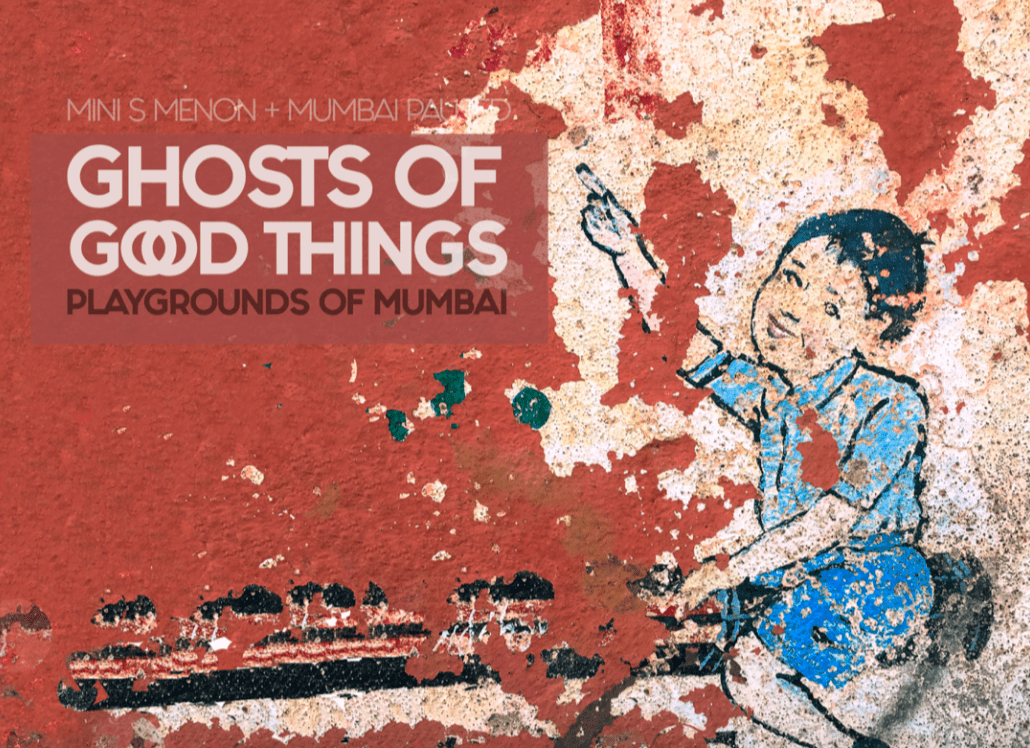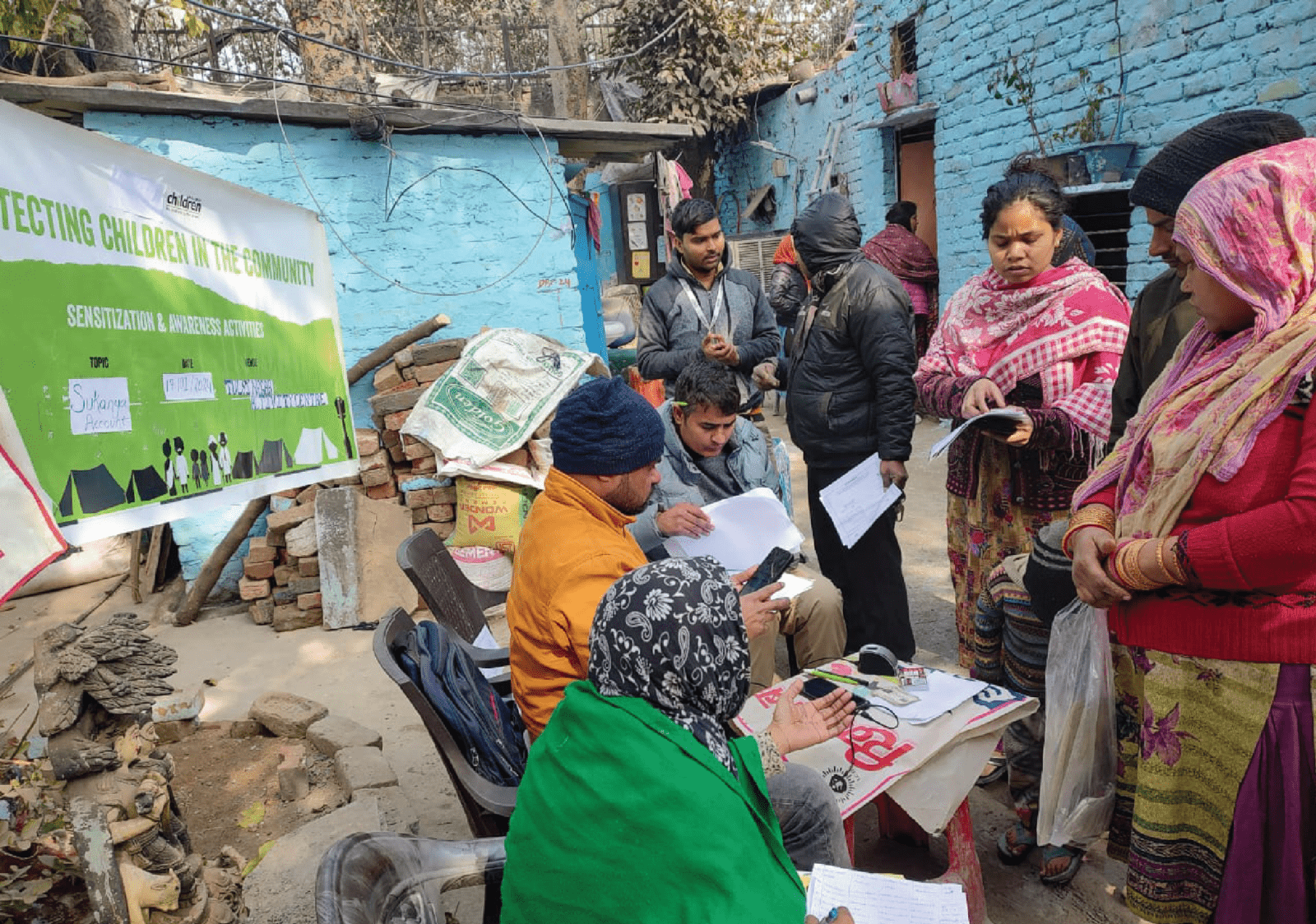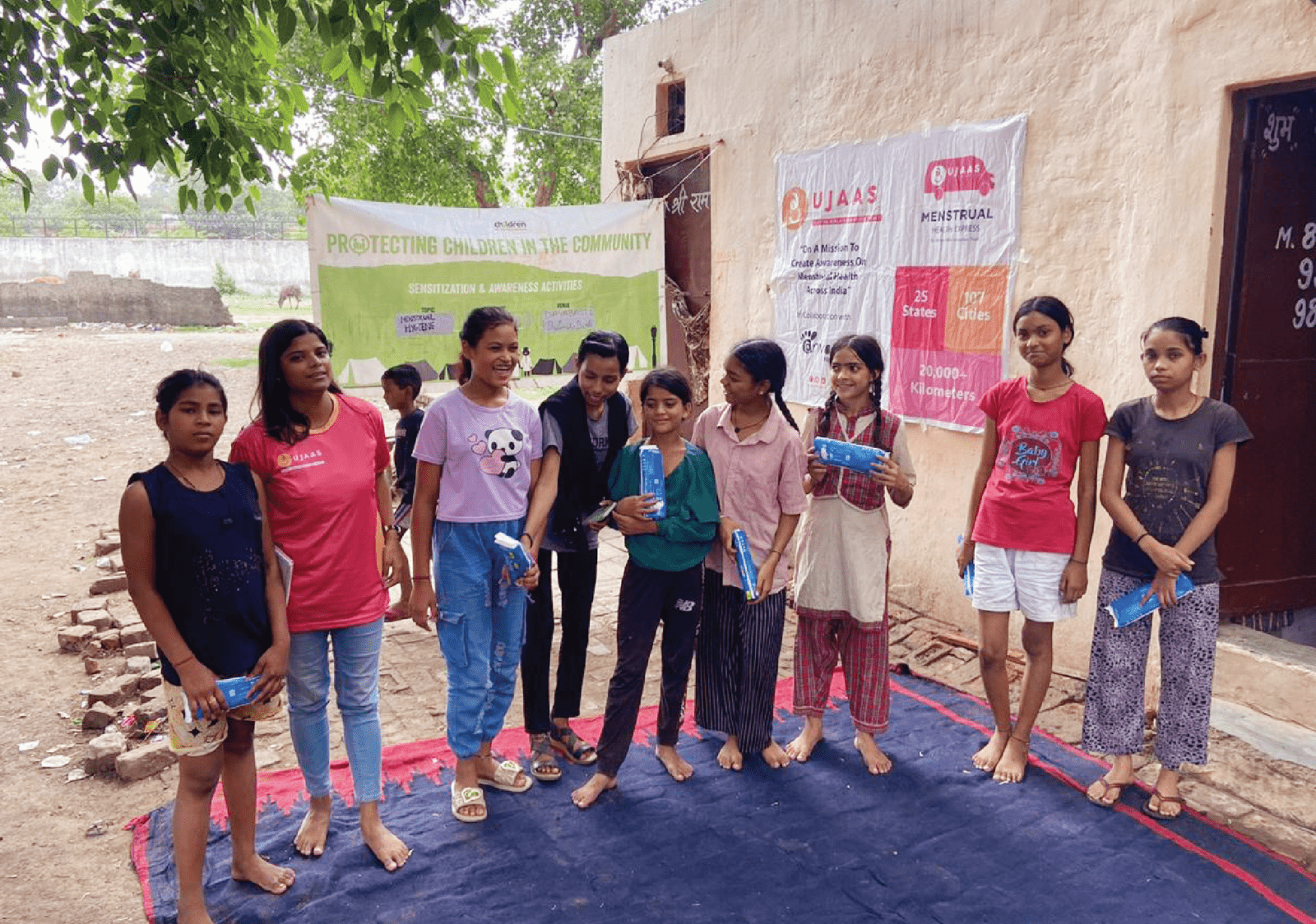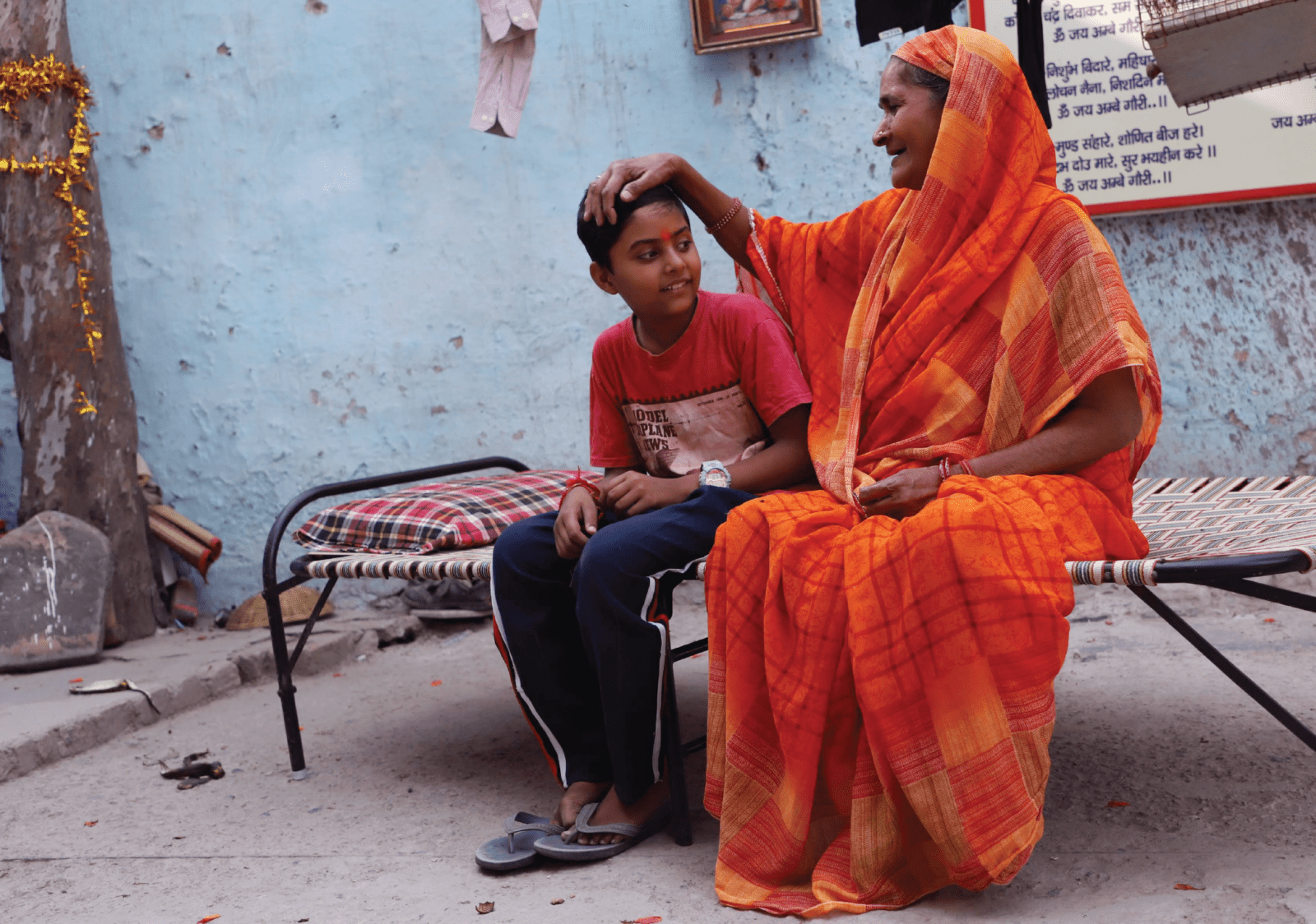The Father of Play Therapy, Charles E. Schaefer, describes the essence of play in our lives most succinctly, ‘We are never more fully alive, more completely ourselves, or more deeply engrossed in anything than when we are playing.’ In more affluent housing societies with dedicated spaces for a clubhouse, playground, gym, et al. one may fairly assume that play time and play space is aplenty. One simply needs to step out and play. However, for those children who must share the local ground with deities during festivals, politicians during election season, and brides and grooms during wedding season, play often becomes a luxury.
‘We played in and around Nature, never really disturbing the serpent gods who watched over our families from their abode under the trees. And we co-existed in harmony with birds, bees, butterflies and curious garden lizards… All those wonderful things we took for granted back then, in the casual naivety of childhood.’
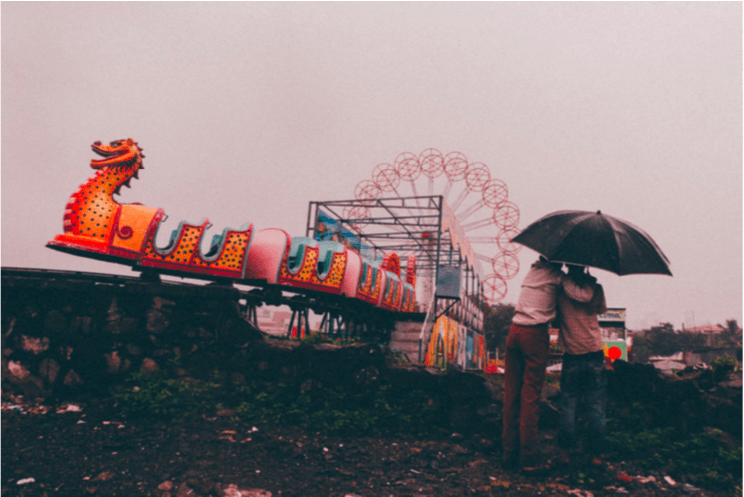
Ghosts of Good Things: Playgrounds of Mumbai is a pictorial journey of how play has evolved from once co-existing in harmony with nature to now competing with politics, culture, and religion for a few square meters of space.
The book greets you with Mini S Menon’s captive words and a few photographs that capture her childhood in Palakkad, Kerala and then progresses into the world of play and its many forms in Mumbai—captured engagingly by Mumbai Paused.
‘This great city, home to the most number of millionaires and billionaires in the country, remains ill-equipped to meet the one demand of its children: playgrounds.’
 The reader is presented with eye-opening statistics, such as the fact that the financial capital of India provides a mere 0.99 square meters per person of open space ratio to its citizens, only to be then presented with the ingenuity of the city’s children, willing to beat all odds.
The reader is presented with eye-opening statistics, such as the fact that the financial capital of India provides a mere 0.99 square meters per person of open space ratio to its citizens, only to be then presented with the ingenuity of the city’s children, willing to beat all odds.
When everything seems to be stacked against the children, with less than a third of the city schools having a playground, and many of the playgrounds turning in to parking lots, the book captures instances when the city looks after its children, with its makeshift fair grounds.
‘Mahim in Greater Bombay also has its share of football players, many of them young girls.’
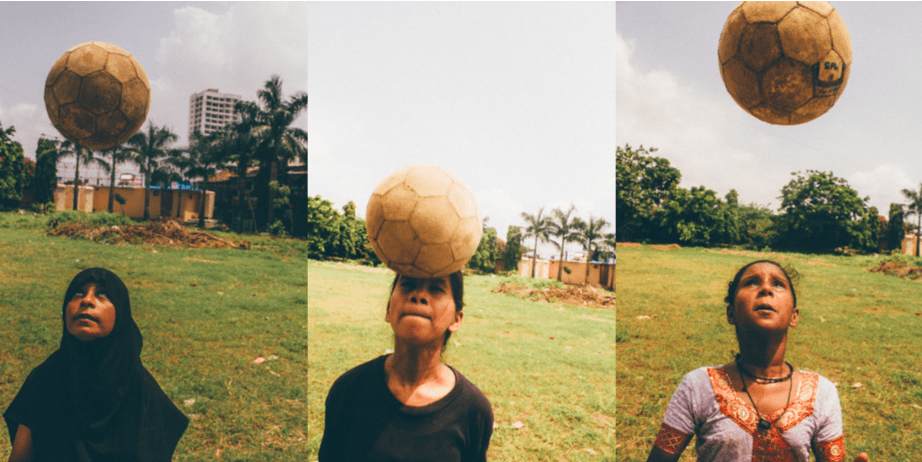
Further, we witness the city becoming a team member with the children in their most popular games—cricket and football, while also shining a spotlight on the few enterprises that these games support. A section dedicated to the ‘Games Adults Play’ leaves one smiling and thinking when was the last time I truly switched off and played.
‘It’s not just cricket and basketball that are played in Mumbai’s streets. When migrants come from rural areas to this big city, they bring with them the games they play back home… The latest games to reach the dilapidated playgrounds and empty plots are usually the ones that are downloaded from an older era.’
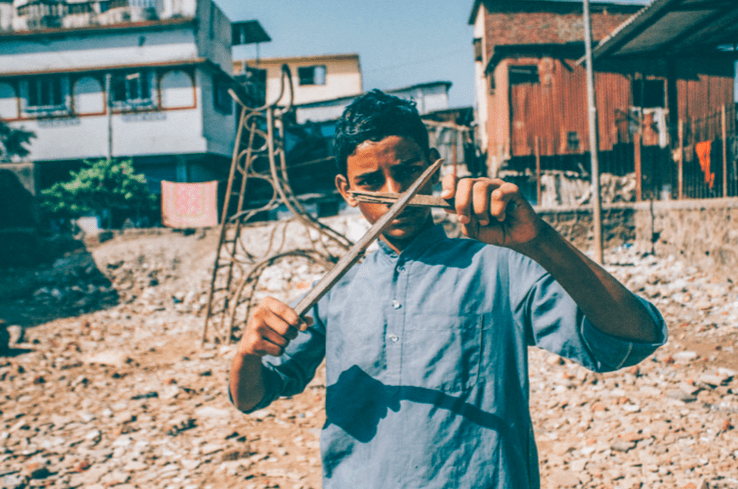
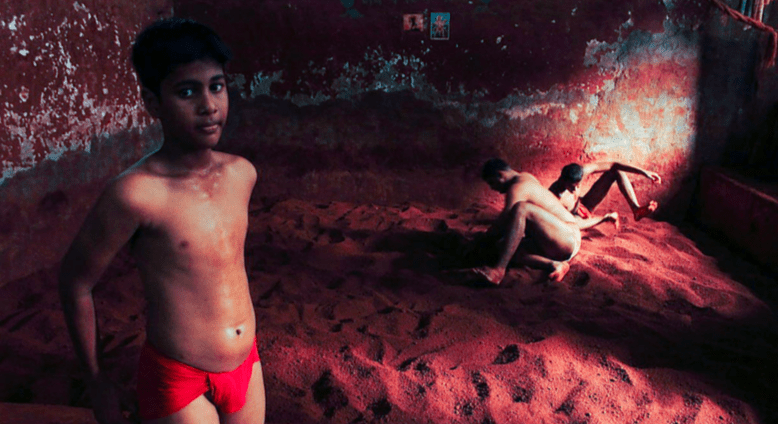
Before the last page turns, we are introduced to a few indigenous games, such as gilli danda, lagori, spinning the top, hopscotch, marbles, catapult, and even mud wrestling, played in the streets of Mumbai, brought to the city by its migrant children. Finally, the book celebrates the ingenuity, creativity, and adaptability of the city’s less privileged children when we see them transforming what they have into what they want, making the best out of waste.
With the gain of high-rises, corporate parks, and huge malls, we lost our green spaces, open spaces, and even our pavements. Ghosts of Good Things: Playgrounds of Mumbai reminds its readers that who remain now are mere ghosts of the good ol’ times.
Available to purchase at pothi.com, Ghosts of Good Things: Playgrounds of Mumbai forces one to look at the megacity with a different lens (pun intended).


